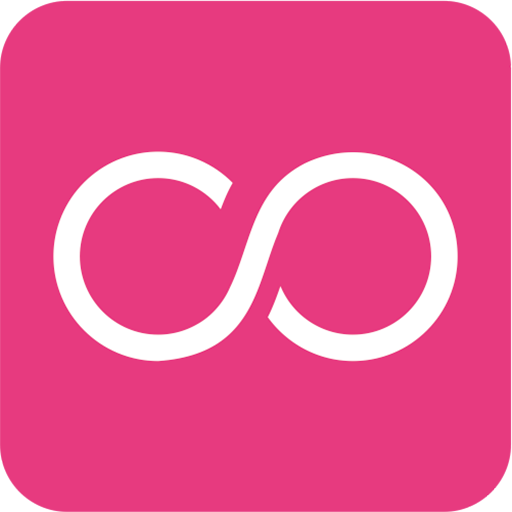Whether you’re building a new coffee roasting brand or evolving an existing one, your logo plays an essential role in shaping visual identity, perception, and trust. In the world of coffee, where passion fuels creation and craft defines quality, your logo should not only represent beans but also the story, process, and artisanship behind each cup.
TLDR:
A compelling coffee roaster or crafter logo should reflect authenticity, craftsmanship, and passion. Iconography, typography, color theory, and brand values all have important roles in dictating the final design. These nine concepts aim to help coffee professionals align visual branding with their business philosophy. From minimal monograms to rustic emblems, there’s a path to distinction for every kind of roaster.
1. The Artisan Monogram
Inspired by traditional craftsmanship and personal dedication. This logo concept features an elegant, often hand-drawn or serif-based monogram using the brand’s initials. It’s ideal for small-batch or independent roasters looking to highlight artisanal touch and heritage.
- Typography: Vintage serifs or hand-lettered scripts.
- Color Palette: Earth tones, sepia, dark green, or copper.
- Best For: Family-run roasters, single-estate bean producers, and heritage brands.
2. The Emblem Seal
This concept suits roasters aiming to create a timeless appeal. Circular or shield-style emblems lend formality and authority to a coffee brand, giving a stamp-like quality often reminiscent of cooperatives or long-standing manufacturers.
- Design Elements: Bean illustrations, hills, mountains, and roasting tools.
- Layout: Symmetrical, often encased in a round border.
- Best For: Cooperatives, legacy-focused startups, and mission-driven brands.
3. The Roaster Icon
A logo focused on representing roasting equipment — drum roasters, sample roasters, or even the silhouette of a classic roaster machine. This concept emphasizes the behind-the-scenes craftsmanship and knowledge required to transform beans into brewable gold.
- Graphic Focus: Custom vector illustration of roasting machines.
- Color Palette: Steel grey, matte black, ochre tones—representing tools and fire.
- Best For: Companies that emphasize technical proficiency and process excellence.
4. The Origin Mark
Geographic references provide the coffee brand with storytelling depth, especially for roasters focused on single-origin or ethically sourced beans. Incorporating maps, mountain silhouettes, or region-specific cues can message transparency and connection to place.
- Design Features: Topographical lines, outlines of countries or farms, cultural motifs.
- Messaging Goal: Emphasis on source, sustainability, and traceability.
- Best For: Export-focused or direct-trade coffee companies.
5. The Minimalist Wordmark
When less is more. Using typography alone—with no symbols or embellishments—can speak volumes when done with balanced proportions and thoughtful fonts. Strong wordmarks convey professionalism, particularly suited to sophisticated or urban-centric brands.
- Fonts: Clean sans-serifs or experimental typefaces.
- Applications: Scales well for packaging, merchandise, and signage.
- Best For: Modern cafes, high-end roaster-retailers, and subscription services.
6. The Rustic Stamp
This style mimics old-world craftsmanship, often employing a hand-carved or rubber stamp look. The text usually shows subtle imperfections, evoking a tactile memory. This technique bridges personality with authenticity, reminding consumers of origin and method.
- Textures: Grainy, distressed lines and rough edges.
- Imagery: Tools, beans, grinding equipment—hand-drawn or sketched.
- Best For: Farm-to-cup brands or reclaimed-space coffeehouse projects.
7. The Botanical Heritage Logo
Coffee is, after all, a plant. Using illustrations of leaves, berries, and entire branches reinstates the idea that great coffee starts at the farm. This is particularly powerful for companies spotlighting regenerative agriculture or biodynamic farming techniques.
- Illustration Style: Fine-line drawing or etching-style botanical art.
- Tonal Range: Greens, creams, and rich browns.
- Best For: Organic, sustainable, or farm-owned roasteries.
8. The Fire and Flame Mark
Roasting, at its heart, is controlled combustion. Leaning into fire as a visual metaphor communicates intensity, alchemy, and transformation. This style can be abstract—just a flicker or spark—or literal with full blazing motifs.
- Brand Tone: Bold, passionate, and honest about the craft’s heat and force.
- Color Palette: Rust, orange, charcoal, and ember shades.
- Best For: Specialty micro-roasters and brands built on powerful sensory experiences.
9. The Industrial Script
Inspired by warehouse labels, cargo stencils, and vintage shipping marks. This logo type pays tribute to coffee’s industrial historical roots. When paired with textured backgrounds and minimalist color schemes, it builds gritty authenticity.
- Typography: Slab serif or ‘utility’ themed typefaces.
- Graphic Motifs: Pallets, jute sack graphics, cargo stamps.
- Best For: Urban roasters, bulk suppliers, and brands aiming for honest, raw visual messaging.
Final Thoughts: Picking the Right Logo for Your Brand
High-quality coffee resonates deeply with enthusiasts, and your branding should too. Choosing a logo concept means balancing aesthetics, brand values, target audience, and long-term scalability. Before commissioning or redesigning your coffee logo, take time to explore which of these nine foundational directions aligns with how you want your roasting story to appear—and be remembered.
Pro tip: Consider logo performance across different mediums—from digital avatars to cardboard packaging, to in-store signage. A well-designed symbol or wordmark should maintain its impact at any scale and not compromise legibility or emotional tone.

